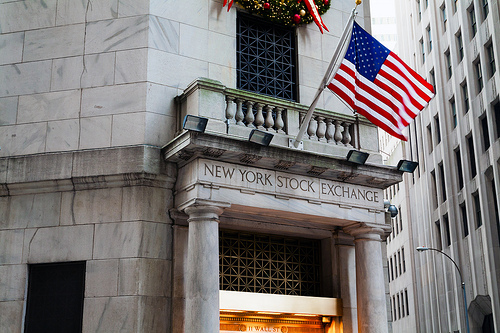July 7 marks the two-year anniversary of the Stable High Yield model. As of July 8, 2013, the model has achieved a 6.5% annualized return since inception.
Over the two years, the model has sought to attain its goal of approximating the stock market’s historical annual average. However, the approximate 9 to 10% historical return for the stock market is averaged over decades, not a mere two years.
Secondly, the Stable High Yield model has made its gains with less risk than the stock market. As of July 1, the beta coefficient for the model is 0.33 (vs. the Standard & Poor’s 500 Index SPX), meaning that it is 67% less volatile. At the same, I should note that the composition of my investment portfolio is much different than S&P 500 Index.
With a high concentration in high-yielding mortgage real estate investment trusts (mREITs), the model excelled in its first year. That performance was offset in the second year by a steep drop in the prices of mREITs, although the decline in the model’s valuation was mitigated by a substantial allocation to near-cash holdings.
With the uncertainty surrounding the Fed’s quantitative easing policy over the next 12 to 18 months, I decided to liquidate all mREIT positions on July 1. Although most mREIT’s have recently cut their dividends, their yields nonetheless remain attractive. But the elasticity of their prices, vis-à-vis rising rates and the anticipation of Fed action, has exceeded that of the bond market as a whole.
Therefore, I believe an exit from the category is the right move at this time. When the global “great deleveraging” has ended and the future of interest rates becomes clearer, a return to mREITs may be considered. That could be as soon as six months hence, or it could be years from now.
Replacements for the mREIT holdings may include closed-end income funds and other high-yielding investments. It is anticipated that some cash will be held in reserve, at least in the short term, to take advantage of other debt or equity opportunities.
The investments discussed are held in client accounts as of June 30, 2013. These investments may or may not be currently held in client accounts. The S&P 500 is an index of 500 stocks chosen for market size, liquidity and industry, among other factors. Investors cannot invest directly in an index. Indexes have no fees. The reader should not assume that any investments identified were or will be profitable or that any investment recommendations or investment decisions we make in the future will be profitable.



